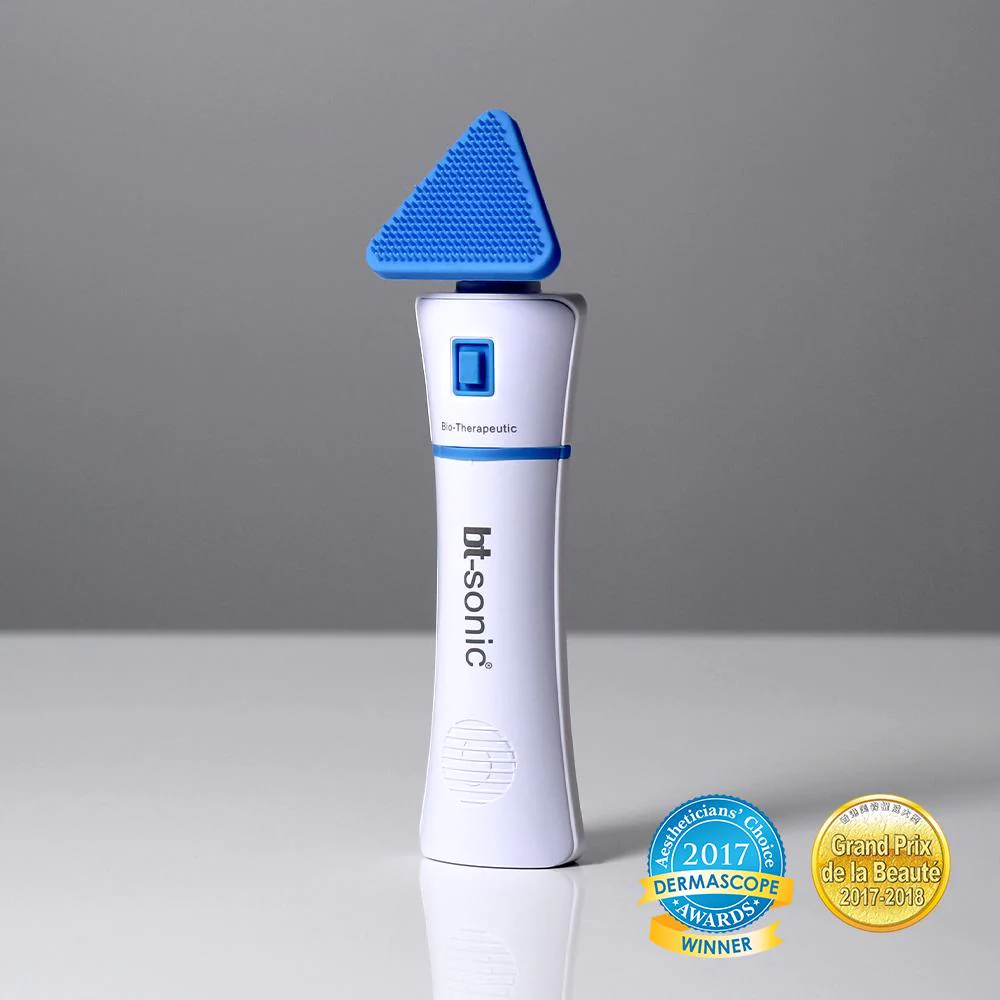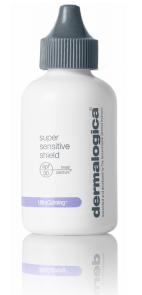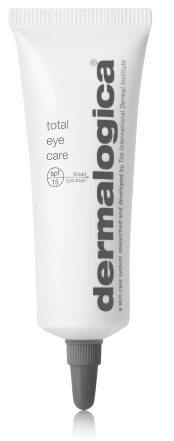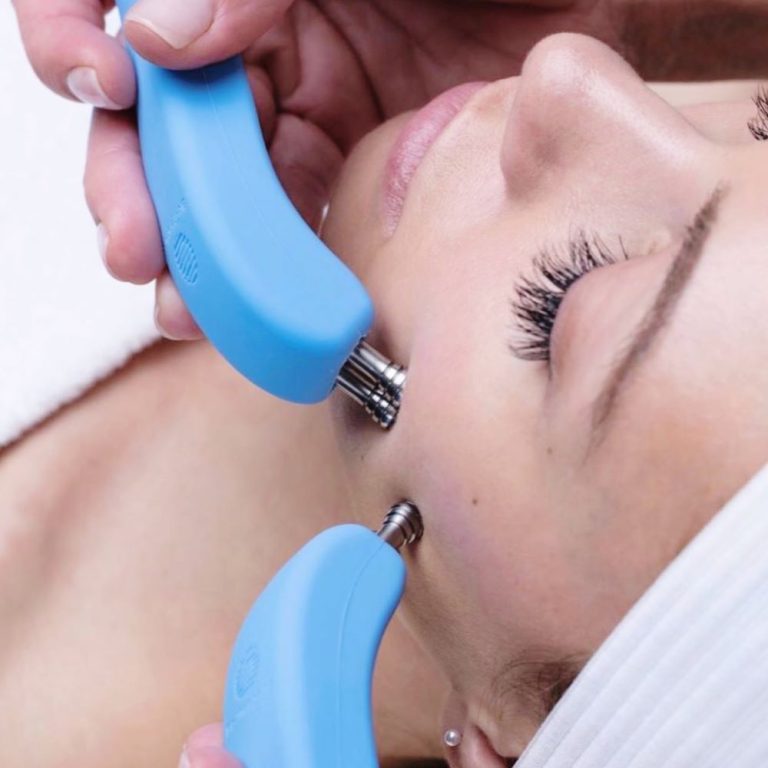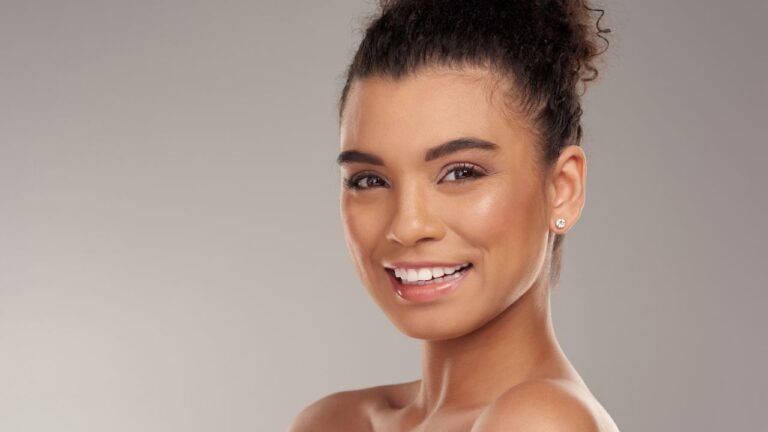
In short, it comes down to preference! Both provide protection against UV Rays however it is worth knowing how they each work in different ways.
What’s the difference between a Physical Sunscreen and a Chemical Sunscreen?
Physical sunscreens reflect UV light and heat away from the body. The formula usually contains more organic natural ingredients such as Zinc and Titanium Dioxide. They can leave a chalk like texture on the skin and usually have to be applied more frequently. They are a good choice for more sensitive skin types or recently resurfaced skin or those in general sensitive to light and heat with a skin type that is prone to redness, irritation or with a skin condition such as Rosacea, Eczema or Dermatitis.
Chemical sunscreens absorb UV light converting it into less harmful heat energy. Chemical formulas include ingredients such as oxybenzone and octinoxate and because they are readily absorbed into the skin, unlike the physical sunscreen they leave no chalk-like residue on the skin and also require less frequent application. Professional SPF products such as Dermalogicas chemical SPF formulations are formulated using what is known as, ‘UV smart booster/oleosome technology’, a process that allowed for SPF protection to increase to 50 without the need to use more chemicals thus, eliminating the irritation that can be found in some sunscreen formulas with a high Sun Protection Factor’s (SPF).

What is UV Smart Booster Oleosome Technology?
Oleosome Technology acts as a time release hence the term UV smart. The process involves microencapsulating a stabilised/active form of vitamins C & E for added booster protection. Plant-derived oleosomes are loaded with the active sunscreen substance. The capsule remains inactive until UV light hits and only then it will burst into action to release antioxidants thus maximising solar defence against harmful UVA and UVB rays. And another bonus to this technology is that fewer chemicals are required to achieve a high SPF50 so, in a nutshell, Oleosome Technolgy can provide antixoidant high factor protection without irritation to the skin.
Sun Exposure explained
Any time spent in daylight counts as time that skin is exposed to UV radiation.
Sunlight is comprised of varying wavelengths of electromagnetic radiation, often referred to as the electromagnetic spectrum.
- 35% of this spectrum is visible light
- 60% is infrared (felt as heat)
- 5% is made up of ultraviolet (UV) rays
UVB (Burn Ray) – high energy / short wave – 290-320nm – penetrates the epidermis only
UVA (Ageing Ray) – slow energy / long wave – 320-400nm – penetrates 40 times deeper into skin!!
SPF numbers –what do they actually mean?
In a nutshell;
- SPF 15 blocks out 94% of UVB
- SPF 30 blocks out 97% of UVB
- SPF 50 blocks out 98% of UVB
Any sunscreens that have a higher SPF number provide only marginal incremental levels of protection and usually require more chemicals in their sunscreen formulations.
SPF Numbers – how do they actually work?
The SPF number indicates how long it would take for UVB rays to cause a sunburn so, if for example, your skin would turn red in the sun after 15mins without Sun Protection this means that by applying, for example, an SPF15 this allows you to stay 10 times longer in the sun without the risk of burning (i.e. 150 mins in the sun before the need to apply more).
*No sunscreen provides 100% sunblock protection which means there is no such thing as a safe tan however on a positive note it also means that sunscreen protection will not inhibit the body to produce Vitamin D which is a common myth with sunscreen! So in other words “protected sun exposure provides all the Vitamin D an average person needs”(Quote – Dermalogica).
What is the best way to protect skin from harmful UV rays?
The best way to protect skin against solar damage and probably the most antiageing product that can be applied to the skin is a ‘broad spectrum UVA/UVB sunscreen!!
Applying a daily dollop of broad spectrum UVA/UVB not only protects the DNA of skin cell but also protects the hydration levels of the skins barrier lipid layer otherwise known as the skins natural moisturising factor (NMF) against trans epidermal water loss. (TEWL)
UVB SPF (Sun Protection Factor) protects against the burn ray only and therefore should not be the only protection factor to be considered when choosing a sunscreen
UVA (Ultra Violet Ageing) ray makes up 95% of UV rays and penetrates 40 times deeper into the skin-damaging the dermal layer of the skin. The damage caused to the dermal layer from unprotected UV exposure contributes to collagen breakdown and loss of elasticity whilst the surface epidermis layer will reveal signs of photoaging in the form of dry, dehydrated, fine lines, pigmentation – brown mottled discoloured spots on the skin and uneven skin tone which contribute to premature ageing.
*Both UVA and UVB rays generate free radicals and can cause skin cancer, so wearing an SPF that shields against both is crucial and this is in general what is meant by the term – Broad Spectrum.
Are all sunscreens the same??
Not all sunscreens are made equal! Whilst it is important to consider both UVB and UVA filter protection in the form of either a physical or chemical broad spectrum sunscreen there is yet another important factor to be considered which is the Infrared Ray (IR)
IR affects the immune system via oxidative stress. Infrared ray with its ability to penetrate the epidermis and deep into the dermis layer of the skin generates Reactive Oxygen Species (ROS – also commonly known as ‘Free Radicals’). Free Radicals increase dramatically during times of environmental stress. This is known as ‘oxidative stress’ and has a very damaging effect on skin cell structure leading to inflammation, cross-linking of collagen (i.e. breakdown of collagen) and degenerative disorders, including skin ageing and disease.
Protective, preventative measures against the detrimental effects of infrared radiation (IR) is achieved via the use of antioxidants via both supplementation and also applying topically to the skin a product formula that is rich in antioxidants.
Fortunately, sunscreens have come a long way from their older greasy layer formulations that predominantly protected against UVB rays only!!
Todays professional formulas not only provide broad spectrum UVB/UVA protection but also have taken an advanced leap to provide protective SPFs that can, as well as addressing the structural manifestations of photoaged skin, such as wrinkles and loss of elasticity they can and already have adapted to a much more advanced scientific approach that addresses the biochemical reactions that actually trigger the assaulting structural changes to the skin. Eg. Dermalogicas ‘Age Smart’ range of products are formulated using this more advanced scientific approach.
In general, Dermalogicas professional various single formulation sun care products take into consideration sun protection that in addition actively treat skin issues ranging from sensitive to oily skin types and ageing skin concerns.
Advanced technology processes, such as Oleosome Technology provide stabilized microencapsulated vitamin enriched formulas that provide antioxidant protection against IR and UV pollution and Free Radical damage!!
What is the best sunscreen?
The best sun care protection formula you can apply to your skin is one that not just protects against UV rays but in addition protects against pollution, dehydration and free radical damage and ultimately can manage and treat specific skin concerns, such as oiliness, sensitivity or skin ageing.
Dermalogica have a variety of SPFs in both physical and chemical varying formulations and these are available for purchase within Beauty Vibes store. To find out which Dermalogica SPFs are best suited for your skin type click the link here
